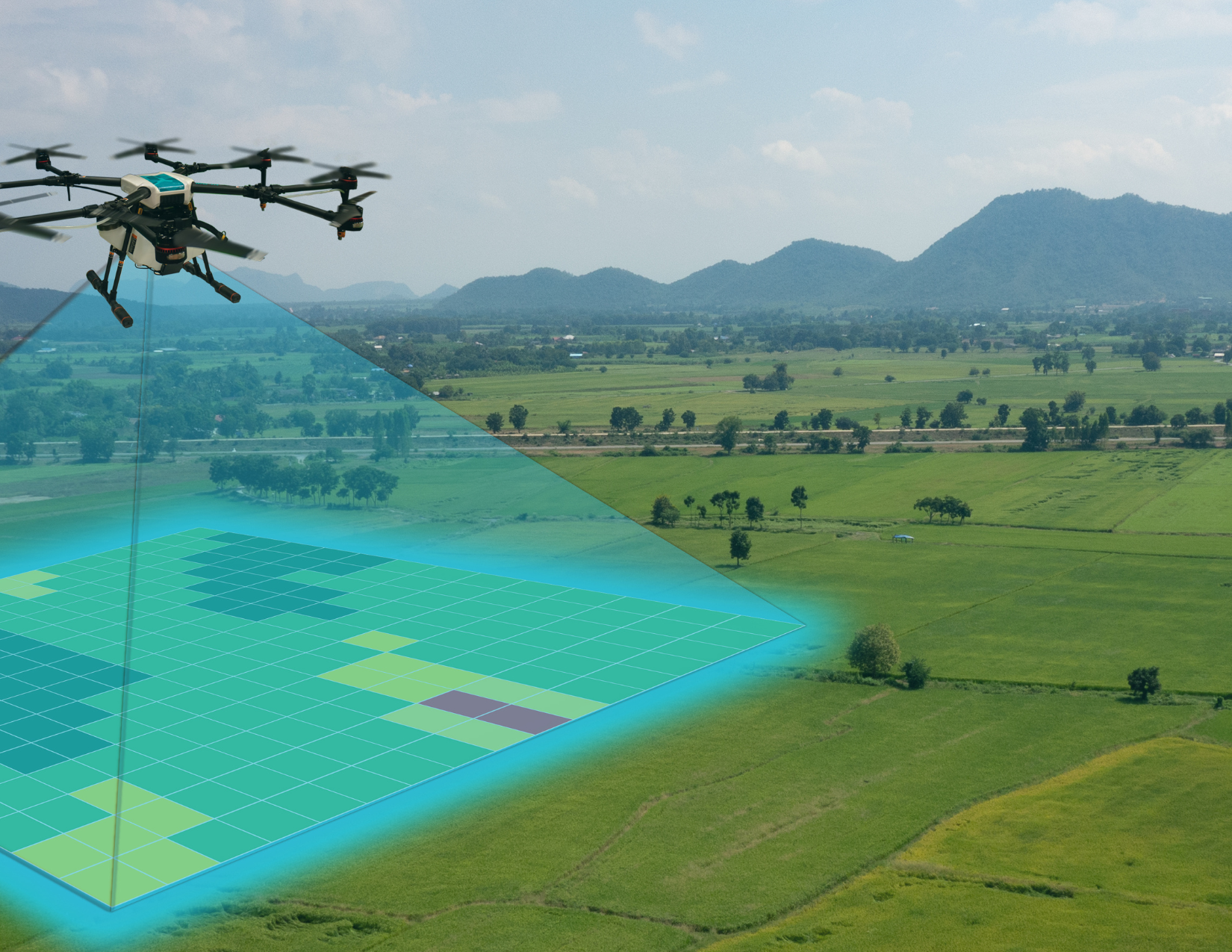
How to Request Use of Out-of-Basin Mitigation Credits in Florida
Learn how to request out-of-basin mitigation credits under Florida’s new SB 492 law. Discover substitution ratios, multipliers, and strategies to overcome mitigation credit shortages while keeping your project compliant and on schedule.

Why Early Mitigation Planning Is Essential for Successful Real Estate Development

Land to Revenue: New Income Streams for Florida Landowners
Discover how Florida landowners can generate income from wetlands, water quality, and conservation credits while keeping ownership and preserving land for future generations with Revive Ecosystems.

What Are Mitigation Credits? A Developer’s Guide to Smarter Compliance
Learn what mitigation credits are, why Florida developers need them, and how they impact permits, wetlands, and endangered species compliance. Discover the differences between freshwater, estuarine, and conservation credits, why service areas matter, and how Revive Ecosystems helps secure the right credits to keep projects on schedule.

Environmental Compliance: Turning Risk into Opportunity with Mitigation Banking
Discover how mitigation banking at Lucky L Mitigation Bank in the Kissimmee River Watershed reduces environmental compliance risks for developers. Secure pre-approved wetland credits, avoid costly on-site restoration failures, and ensure faster permitting, predictable costs, and project success.

Eyes in the Sky: How Drones Are Changing Conservation
Drones are changing the way we restore ecosystems. From planting thousands of trees to monitoring wildlife safely, technology is giving conservation a whole new perspective. Discover how in our latest blog!

Revive Ecosystems: Turning Wetland Restoration into Reliable Mitigation Solutions
Revive Ecosystems delivers expert wetland restoration through mitigation banking and Permittee-Responsible Mitigation (PRM), providing Florida ERP applicants with dependable credit solutions. From navigating regulatory approvals to ensuring long-term ecological success, we transform degraded landscapes into resilient wetlands that improve water quality, support wildlife, and create lasting community benefits.

Florida’s Invasive Species Problem Meets Precision Solution
Revive Ecosystems, LLC provides turnkey ecological restoration solutions in Florida, including aquatic vegetation management, wetland mitigation, endangered species protection, and long-term ecosystem stewardship. Our licensed experts deliver in-house, methodical, and environmentally responsible restoration services that ensure consistent quality and measurable results.
